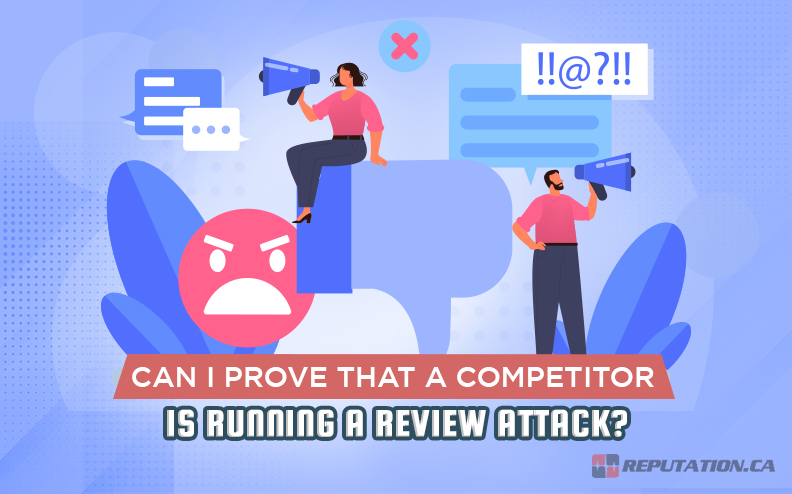The flood of negative reviews that arrive in one big wave can knock down your reputation overnight. A somewhat coordinated review attack happens when a person or group decides to post multiple harsh comments at once just to damage your image. The sudden pile-on feels way harder than you expect. A number of big review places like Yelp removed fake posts in 2019. But they still miss quite a few, and those oversights hurt honest owners.
To push back, you have to watch for patterns. You should always compare the timestamps, language, and star counts across every platform to find unusual patterns in your review activity. A quick scan shows how the fake reviews chip away at sales and seed doubt in new shoppers.
We know that proving that a competitor sits behind the keyboard is the toughest step. Seeing your star rating sink for no real reason feels lousy. You probably think about why you can’t just report the mess and see it cleaned up immediately. The hard reality is that review sites move at a slow pace, and they ask for proof before they think about pulling a post.
Let’s try a helpful way to find fake reviews and get together information that could tie them back to a rival.
The Signs of Fake Review Campaigns
You should be scanning your recent reviews for patterns you wouldn’t normally see.
A sudden flood of negative comments inside a day or two is the first red flag – this sort of pile-on virtually never pops up unless your team actually dropped the ball in a big public way. For most businesses, the wave feels completely unexpected. You need to give that spike your attention immediately. Letting it sit too long invites silent damage to your reputation over time.
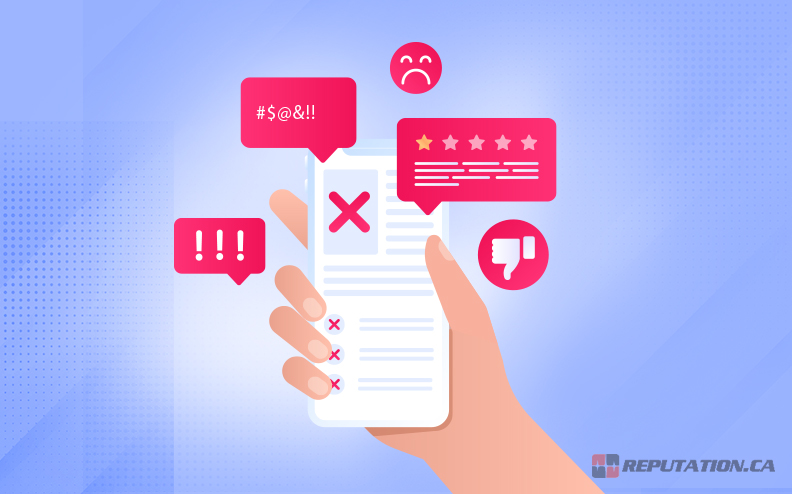
Then, move on to the reviewer profiles. Real customers usually show some history on the site they use. They leave feedback for other places and fill out the normal profile fields. Attack accounts are usually brand new, with almost no detail and zero past activity. You can pick that out in a couple of clicks if you look. Then, you should read the wording inside the complaints closely. When multiple reviews repeat the same gripe or share nearly the exact phrasing, something feels off. Real customers talk in their own voice, so a cut-and-paste pattern seems obvious immediately when you look.
Always check where the writers say they live on their profiles. If your pizza shop in Seattle suddenly gets blasted by people who say they’re in Florida, Ohio, and Texas at the same time, the story doesn’t add up – does it? Real feedback usually comes from your local neighborhood and nearby zones. These location mismatches add fresh doubt about the authenticity of reviews. When you ignore that clue for too long, it lets the damage spread quietly through your business.
A 2020 Harvard Business Review study laid out another tell for everyone. Fake reviews don’t include concrete information about the visit or experience. They have bland complaints instead of particular moments in the customer experience with your business. The timing helps you confirm the full picture more completely. Reviews that land right after you roll out a popular promotion or the day you climb past a rival in search results deserve extra scrutiny from you. This particular alignment suggests that somebody monitors your moves and actions.
Please don’t lump every negative note into the sabotage pile without thinking. Honest complaints still affect everyone. Your job is to find patterns that drift away from the normal flow you see each week and month. When the surface clues feel shaky, you should dig into the metadata if possible. Most review sites can trace multiple posts back to a single IP address or device in seconds. Just pair that technical proof with the earlier signs to build a strong case for removal.
How to Gather Review Attack Evidence?
You need strong evidence right when you start to suspect fake reviews. After checking, export every single review into a spreadsheet and do it immediately so you can see the whole list in one place. A quick sort by date, time, and rating lets you find these suspicious clusters that hint at a coordinated hit.
When you export the data, you’ll create one reliable snapshot and largely stay away from the gaps that could let a sudden wave of attacks slip past you overnight. Screenshots still carry real weight in this process. Make sure to capture each one the instant you see a review that looks off, then file it in an organized folder so you can pull it up fast. Reviews may vanish without warning, and without proof, your case tends to lose force.
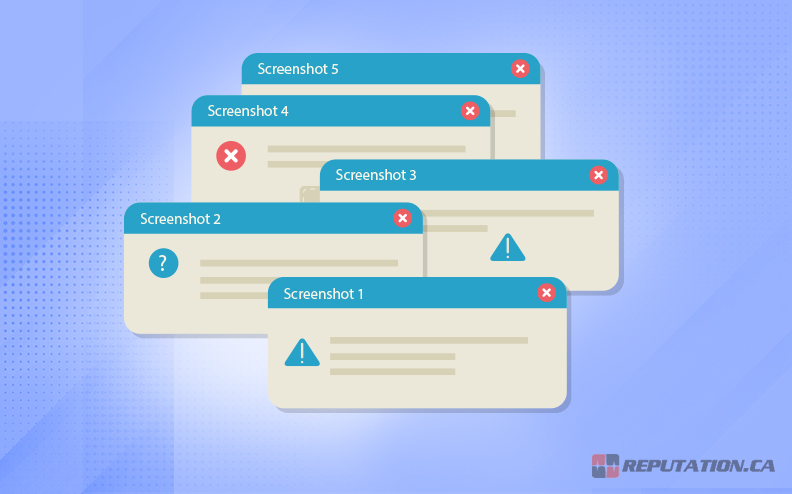
Most large review sites quietly track IP information and device data for every single post. They don’t post that data online. But they can release it if you file a formal request and back it with sound evidence of manipulation. That hidden layer then exposes links between accounts that present as strangers. You should use those technical clues to press your point with the platform staff when you need their help. All exact timestamps, device models, and login patterns can map reviewers to a single source, and concrete facts like these give you a stronger position.
Some advanced software can now alert you to unusual spikes before you even glance at the dashboard. These tools quietly watch velocity, sentiment swings, and repeated phrases that the human eye may miss in reviews. The courts increasingly view online forensics as a valid proof path in cases. In recent years, restaurants have won damages after IP records tied harsh reviews to rivals’ office networks.
Keep privacy laws in mind while you get together data for analysis. Always look at cross-review patterns instead of making any effort to show real names. Your primary aim is to show a scheme, not to expose private identities. An organized strategy makes your file much stronger for presenting evidence. Take time to build a timeline, list shared unusual phrases, and flag any review that praises a competitor while it drags your firm down.
Modern AI threat intelligence tools can sift thousands of reviews and flag patterns that suggest coordination. Those quick alerts can cut your response time. Security information management suites can also pull data from Google, Yelp, and Facebook into a single dashboard. The unified view helps you trace campaigns that hop across sites to hide in plain sight.
The Process on Various Sites
You have your proof in hand, so next, you need to act. Google lets you report fake feedback right from the Business Profile dashboard. Just open any review, hit the three-dot menu, and then choose Flag as inappropriate. A short form pops up where you can explain the exact issue.
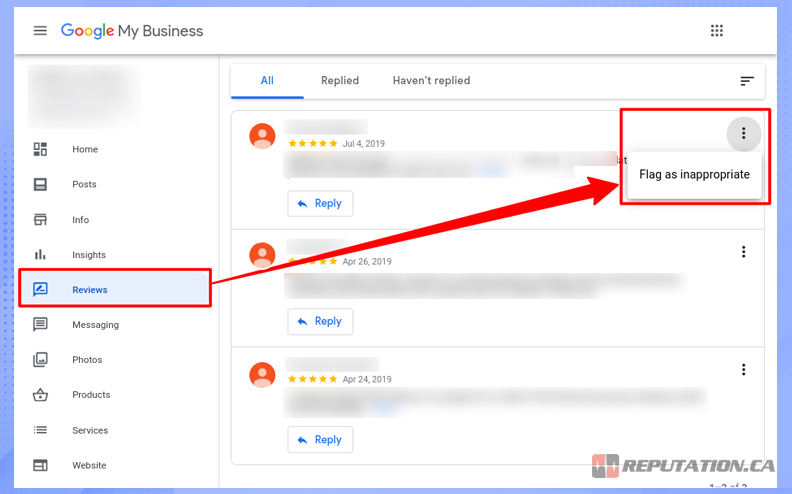
Yelp uses a similar flow. Just tap the flag icon under the review, pick “This review isn’t relevant,” and follow the prompts. When you do this, it usually moves your request forward faster.
To raise the odds of a quick fix, please file the report right when you find the fake review. The support team looks at response speed and feedback volume when it sets priority. When you respond faster, it helps you sleep easier because others can see your fair alert.
TripAdvisor gives you one more tool to use. Next to the report link, you’ll find the Management Response box. We recommend you post a calm public answer there while you also request removal behind the scenes. When you take steps together, your case is strengthened.
Amazon.com is sometimes a bit harder to use; the Report Abuse link sits under each review. However, the company usually asks for a convincing proof packet before it moves. Please stick with it and submit whatever detail they ask for.
Speed counts in all cases. Most sites respond better to a report filed within a few days after the suspicious activity, not months from now. Early action brings quicker results and shows that your claim is fresh. Businesses have spotted negative posts landing within hours. Screenshots showing the same phrases across multiple profiles sent straight to support can lead to removal within 48 hours.
Obvious patterns help moderators make decisions. Screenshots with exact dates and times give context, and you can talk with more confidence when you show concrete proof.
If the first report fails, please stay persistent. You can ask for a human review. Most sites give you an appeal path or a support email where you send your full proof file. Keep your tone steady in every note you write. Support staff usually ignore angry rants immediately. Follow facts and quote platform policies, not personal attacks or threats.
Once staff see that you follow the policies and back up every point with strong proof, they will usually honor your request.
Ways to Counter Review Attacks
Always set up review alerts so you can catch patterns. You’ll find fake feedback early when you track suspicious post times or clusters of similar comments.
The early warning gives you a chance to act before the chatter harms your reputation. Early awareness matters because those alerts put you in control before negative posts erode trust. You can choose how to answer each review instead of scrambling.
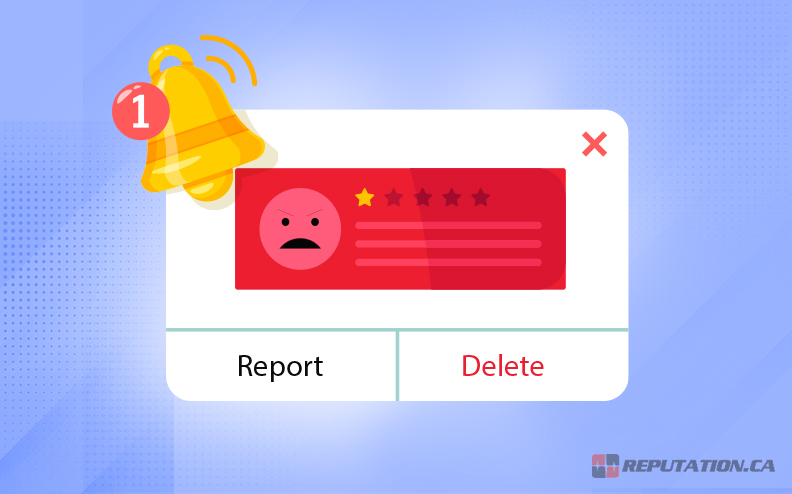
You should then move to legal steps if the attack continues. A cease and desist letter tells a rival that you see the tactic and refuse to let it continue. Most disputes end there, saving everyone a court date. The FTC already punished fake review rings in a 2016 case against Amazon operators, so regulators support fair play. You might also use public relations to repair damage faster than any lawsuit. Share real customer stories to remind readers why they chose you. Court fights drag the mess out and invite more attention. But a direct message tends to reset the narrative.
Always keep personal accounts visible, as each real review balances any fake complaint and lifts your rating. We think you should motivate satisfied buyers to post honest feedback. But follow platform guidelines. Most sites forbid rewards for praise, and you don’t want to break that policy. Do your best to steer clear of common missteps when you answer an attack. If you strike back too hard, readers may see you as defensive, not confident. Instead, a calm reply that suggests a fix will show that your team listens.
Make sure to lock down your network as well. Sadly, some review attacks start after a data breach exposes customer records. You should segment your systems to stop intruders from crossing between databases. Standard software updates close gaps before anyone uses them. When you protect customer data, you hold their trust. Controlled zones cut exposure and limit the damage a hacker might do.
We urge you to look at modern AI tools to defend against coordinated review attacks. Threats evolve every year. But detection software evolves right with them. Some review monitors now use machine learning models to catch patterns people may miss.
Monitor and Manage Your Reputation
You should find these fake reviews very quickly so you can control the story. The automated tools run in the background and give you timely alerts. You can look for sudden floods of comments, similar wording, or unusual time patterns. Just get screenshots and dates, then pass them to the review site. Most sites want clean content, so they usually remove obvious fakes when you supply organized proof.
Make sure to monitor your metrics. The quick alerts help you respond before a small spike turns into a headline. You’ll sleep easier once you find these threats the second they appear.
We recommend you invite happy customers to leave feedback after each positive visit. A large base of real reviews acts as a cushion that softens any sudden hit. These short reminders by email or at checkout add fresh feedback and improve your score.

Please stay alert, not worried. Just set up basic alerts for unusual activity, then get back to running your business and serving people well. If suspicious reviews continue after all your work, you should talk with a trusted adviser. Honest updates to your customers during a rough patch usually win their support and show that you stand by your values.
When you want extra muscle, just reach out for professional help. Our team at Reputation.ca manages reviews, social media, public relations, and crisis response across Canada.
Please call us today, and let’s create a plan that works best for you.
